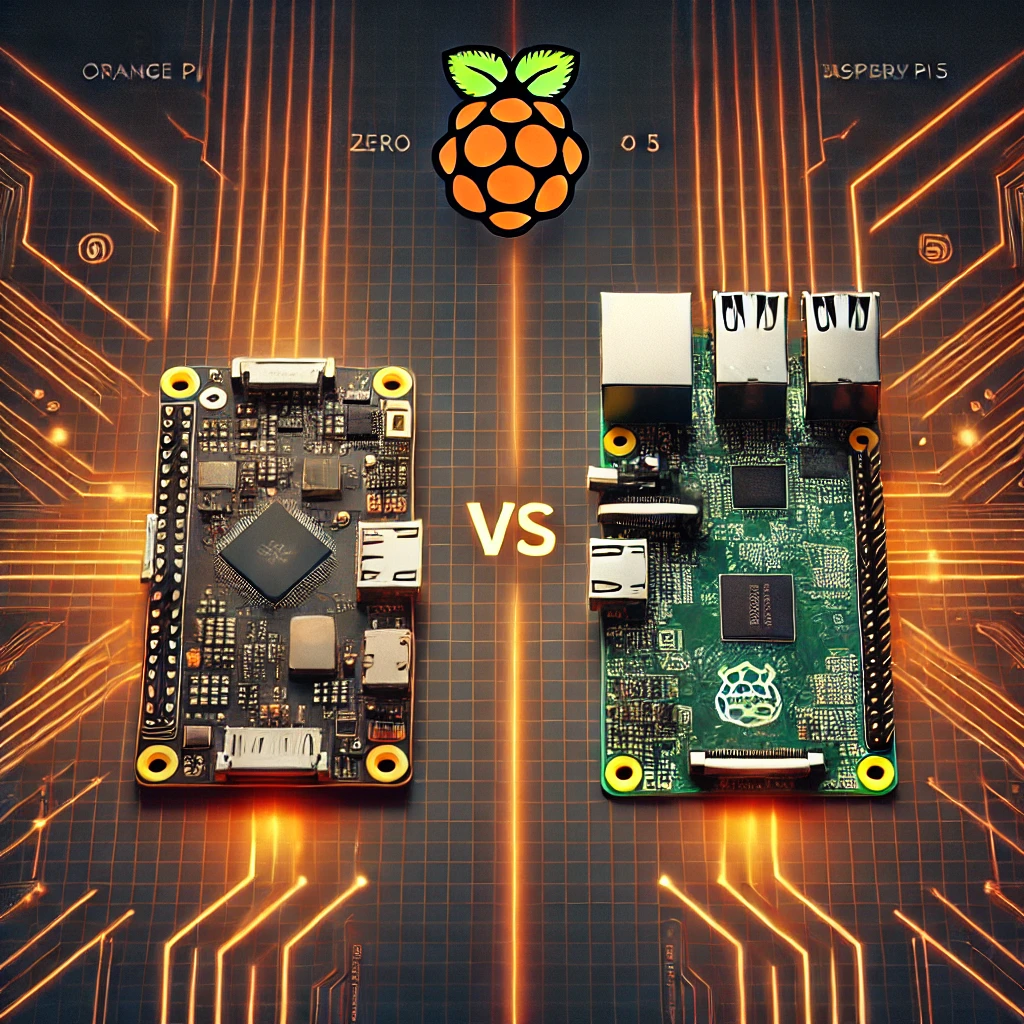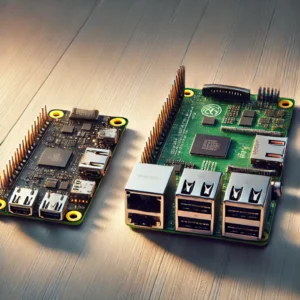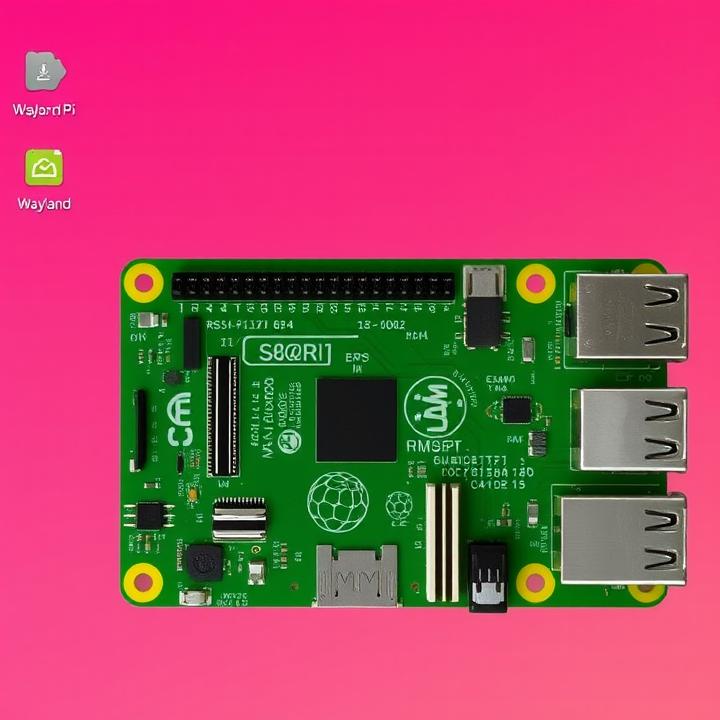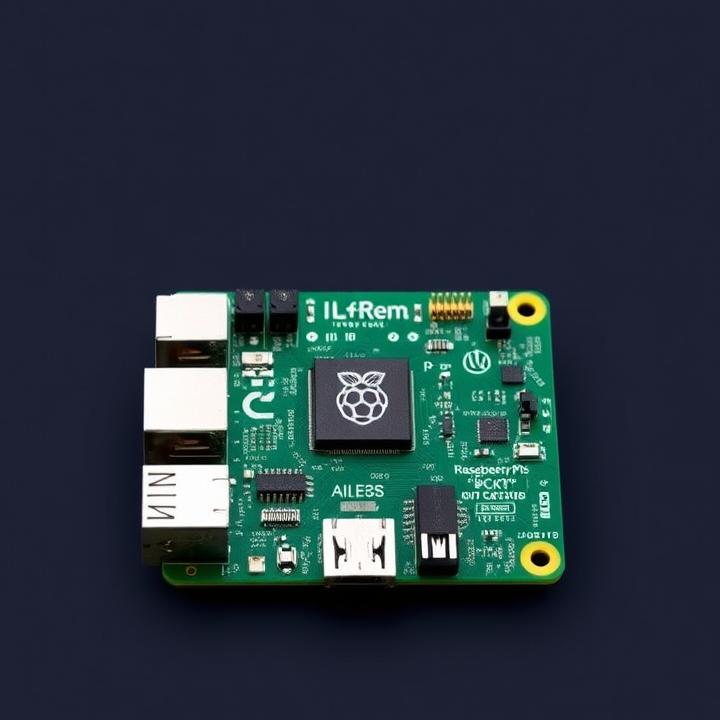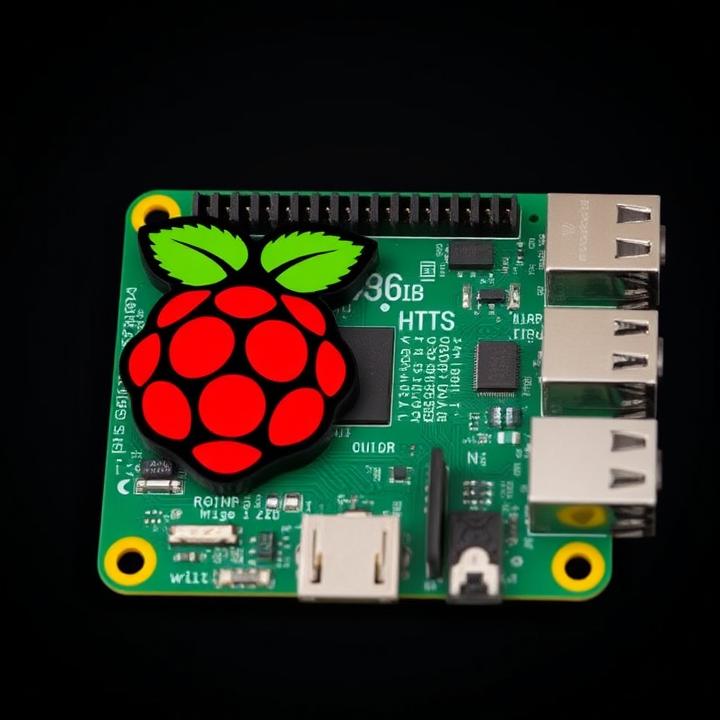When it comes to single-board computers (SBCs), Raspberry Pi has long been the leader. However, the rise of alternatives like the Orange Pi Zero 3 challenges that dominance. But how does the Orange Pi Zero 3 compare to the Raspberry Pi 5? Is it better? Let’s dive into a head-to-head comparison of these two popular SBCs, analyzing their performance, features, and pricing to determine which one reigns supreme.
Performance: Processing Power and Memory
Both the Orange Pi Zero 3 and Raspberry Pi 5 pack a punch in terms of processing power, but they cater to slightly different needs.
The Orange Pi Zero 3 features a quad-core Cortex-A53 processor, offering 1.5 GHz speed, which makes it efficient for lightweight tasks such as IoT and basic computing projects. It comes with 1GB or 2GB DDR3 RAM, which is sufficient for most basic applications but can struggle with more resource-intensive tasks.
The Raspberry Pi 5, on the other hand, takes performance to another level with its quad-core Cortex-A76 processor, clocking up to 2.0 GHz, and it includes up to 8GB LPDDR4 RAM. This makes it far more capable of handling heavier computing workloads, including media processing, programming, and even light gaming.
Verdict: Raspberry Pi 5 offers better performance, but the Orange Pi Zero 3 is perfect for lightweight and IoT-focused projects.
Connectivity: Ports and Expansion
Another critical area of comparison is connectivity. Both SBCs offer excellent options, but with some notable differences.
The Orange Pi Zero 3 includes Ethernet, GPIO, microSD, USB, and Wi-Fi support (on select models), making it a versatile option for small, low-power IoT projects. Its onboard Ethernet and GPIO headers give it decent flexibility for integration into projects requiring wired networking and sensor interaction.
In contrast, the Raspberry Pi 5 shines in terms of connectivity. It offers USB 3.0, USB-C for power, dual micro-HDMI ports for up to 4K video output, and Ethernet. The Raspberry Pi also comes with Bluetooth 5.0 and Wi-Fi 6, providing faster and more reliable wireless connectivity. For projects needing extensive I/O or video outputs, the Raspberry Pi 5 easily takes the lead.
Verdict: Raspberry Pi 5 is better equipped for connectivity, especially for media-rich and power-hungry applications.
Pricing: Budget-Friendly SBCs
Pricing is often a deciding factor when choosing between SBCs. The Orange Pi Zero 3 is one of the most budget-friendly options, priced at around $20-$30, depending on the RAM variant. This makes it an attractive option for low-cost projects where performance isn’t the highest priority.
On the other hand, the Raspberry Pi 5 starts at around $60, with higher RAM variants pushing the price closer to $80. While it’s more expensive, the additional performance, memory, and connectivity features justify the price for more complex projects.
Verdict: For budget-conscious users, the Orange Pi Zero 3 is the winner, but Raspberry Pi 5 offers more value for those needing higher performance.
Power Consumption
For those concerned with power consumption, particularly for always-on projects, the Orange Pi Zero 3 offers a significant advantage. With its low-power Cortex-A53 architecture, it consumes considerably less energy than the more powerful Raspberry Pi 5. This makes the Orange Pi an excellent choice for solar-powered devices or energy-efficient applications.
Verdict: Orange Pi Zero 3 consumes less power, ideal for energy-efficient projects.
Final Verdict: Which is Better for You?
In the battle between Orange Pi Zero 3 vs Raspberry Pi 5, the answer depends on your project’s requirements. If you need a low-cost, energy-efficient SBC for IoT projects or basic computing tasks, the Orange Pi Zero 3 is the ideal choice. However, for those requiring robust performance, more memory, and better connectivity, the Raspberry Pi 5 is the clear winner, especially for media-heavy projects or more demanding computing applications.
Visit our other website: aibrainpowered.com

